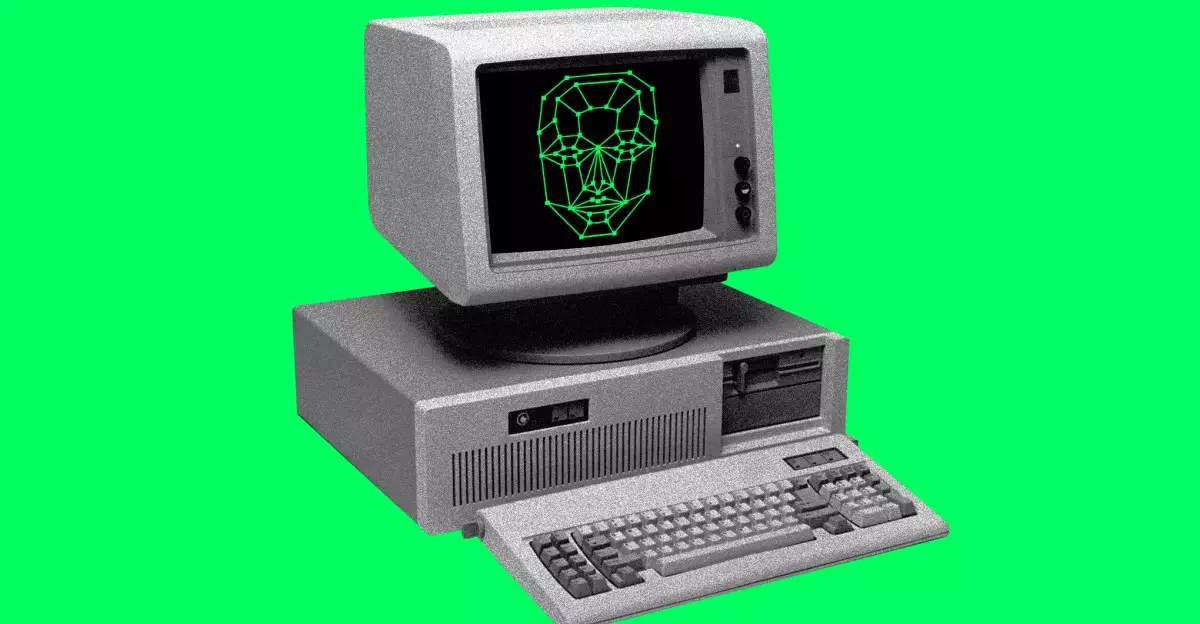Artificial intelligence promises convenience, creativity, and innovation, but beneath this veneer lies a troubling capacity for harm. Recently, reports have surfaced about AI-generated videos that perpetuate racist stereotypes, revealing a disturbing blind spot in the technology’s development and deployment. These clips, created using Google’s Veo 3 tool, are not just fleeting moments of offensive content; they symbolize a deeper systemic failure in preemptively addressing bias and hate in AI systems. It’s tempting to believe that AI tools operate in a neutral space, but these incidents demonstrate how machine learning models, influenced by their training data and user inputs, can amplify societal prejudices. The fact that such videos garner millions of views underscores a worrying fascination and tolerance for offensive stereotypes online, which perpetuates division rather than understanding.
Accountability and the Limits of Automation
Tech giants like Google promote their AI tools as “safe” and “responsible,” yet the emergence of racist content generated with Veo 3 exposes a glaring disconnect. The platform claims to block harmful requests, but the ease with which problematic videos are produced and shared suggests gaps in these safeguards. When an AI-generated video—lasting less than ten seconds—can carry blatantly racist and antisemitic themes, it raises critical questions about the efficacy of existing content moderation mechanisms. Relying solely on automated filters without addressing foundational biases can be a dangerous complacency. The responsibility to prevent the proliferation of hate lies not only with platform policies but also with the developers, policymakers, and users who must be vigilant in recognizing and addressing harmful content before it becomes viral.
The Social Impact of Racist AI Content
The virality of these offensive videos reveals a troubling truth: society’s tolerance for stereotypical images and narratives. When videos with racist tropes attract millions of views, they normalise hate and reinforce harmful stereotypes about Black people, immigrants, Asians, and Jewish communities. The danger doesn’t lie solely in these clips’ content but in their capacity to shape perceptions and attitudes at scale. Social media platforms like TikTok, YouTube, and Instagram have professed commitments to combat hate speech, yet the persistence of such content suggests that regulations are superficial or insufficient. The proliferation of racist AI content, therefore, reflects a broader societal failure—a failure to confront biases, to prioritize accountability, and to challenge the normalization of hate online.
Toward a More Ethical AI Future
Addressing this crisis requires more than reactive moderation; it demands a proactive overhaul of how AI systems are trained, tested, and monitored. Developers must actively mitigate biases in training datasets, implement stricter safeguards against hate generation, and foster transparency around AI capabilities and limitations. Public awareness campaigns can educate users about the risks of engaging with or spreading offensive content, creating a community-driven effort to demand higher standards. Ultimately, AI technology must be held to higher ethical standards, not merely legal compliance. Without urgent reform, the promise of AI as a tool for good risks being overshadowed by its potential as a vessel for hate and division. As consumers and creators in this digital age, our collective vigilance and advocacy can push the industry to prioritize responsibility over profit, shaping a more inclusive future for AI development.

